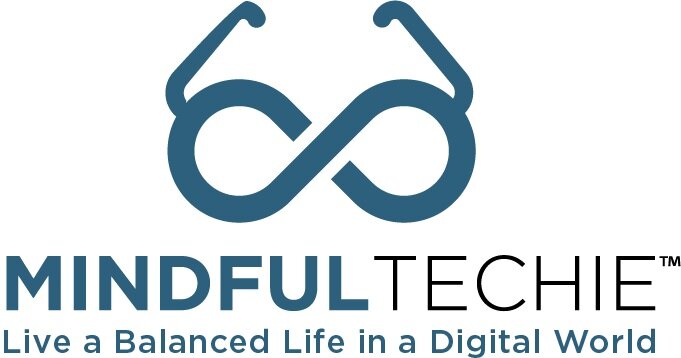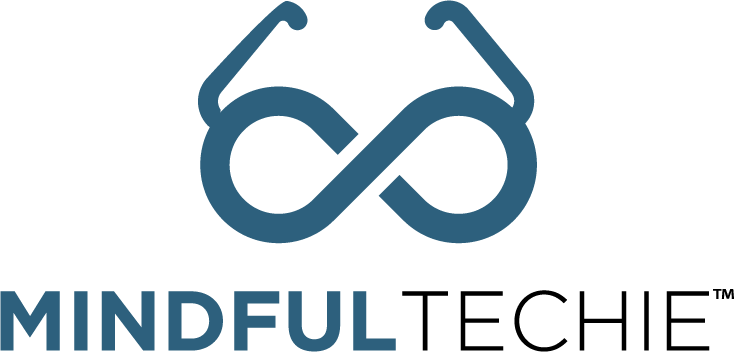5 Tips To Create a Calm, Healthy, and Happy Nonprofit Hybrid Workplace Post-Pandemic
By Beth Kanter and Meico Marquette Whitlock // Reposted from Network for Good
You finally got the hang of working in your pajamas while establishing a productive work routine. But now it’s time to get dressed and go back to the physical workplace. While vaccines have given us hope, COVID is still top of mind. And returning to the workplace likely won’t be everyone in-person, in the office, all at once side-by-side.
Some of us will continue to work remotely (all or some of the time) while others will work in person. To help you make the transition back into the office, here are five tips to create a calm, healthy, and happy nonprofit hybrid workplace post-pandemic.
Tip 1: Create and Communicate Your Return To Office & Hybrid Workplace Plan
A recent McKinsey study on workplace burnout found that the one thing that burned-out employees have in common—leaders who have yet to get specific about the future of hybrid work. 47% feel a lack of clear vision about work in the post-pandemic world is a cause for concern or anxiety. Anxiety is known to decrease work performance, reduce job satisfaction, and negatively affect interpersonal relationships with colleagues, among other ills.
Create your plan with input from staff and be sure to communicate it. This is probably the single most important thing you can do to reduce stress and burnout right now! Here’s some tips to get started.
Tip 2: Understand the New Power Dynamics of Hybrid Models
The hybrid workplace model is a blend of people working in different locations or a mix of people working in-person at the office and others working remotely from home or other locations. The model is not new. For example, many nonprofits with affiliate offices have been working this way for years. In the Happy Healthy Nonprofit, flex place and time was a perk that many nonprofits were offering to employees––they can work at home part-time as long as they get their work done.
Pre-pandemic, hybrid models consisted of a small number of remote employees while a core group worked in-person in the office. Post-pandemic, it is likely that more people will be remote at one time and the office becomes one of many nodes, shifting away from a top-down model to a distributed model. This means productivity and performance indicators will change from seat-time to deliverables and outcomes.
Tip 3: Keep Inclusion Top of Mind When Designing Hybrid Workplace
In the hybrid workplace, digital inclusion is paramount. This means ensuring everyone in the organization has the capacity and access to the tools and information needed to fully contribute to advancing the mission of the organization. For example, in meetings, this means everyone is able to fully participate regardless of location or time zone. This requires teams to be flexible, intentional, and diligent about bridging gaps (e.g. skills, platform, time zone, etc.).
Tip 4: Adopt a Digital-First Mindset
Adopting a digital-first mindset doesn’t mean simply uploading a recording of a call to the cloud as an afterthought. It’s also more than having the latest video conferencing software and a high-speed internet connection. It’s a way of thinking and working that acknowledges the integral role digital technology plays in how we live and work.
This way of thinking and working includes things such as digitally-accessible meeting agendas for those participating in meetings remotely and collaborative note-taking using tools such as cloud-based document storage.
It also means recognizing that technology allows us to be connected 24/7 and being able to proactively set boundaries that support a healthy tech-work-life balance and avoid challenges such as Zoom fatigue from too many video meetings.
Tip 5: Be Digitally Fluid
Digital fluidity is all about the ability to work effectively when your team is a mix of virtual or in-person environments. You may be in-person one day, virtual the next day. You may have some of your team in the office together and others working from home. You and your team must become fluent in both synchronous and asynchronous work styles. Knowing when which work style works best for you and your team and when you need to switch things up is critical to having a healthy, hybrid workplace culture.
Working asynchronously or exchanging information between two or more people without the requirement of people responding immediately allows everyone to contribute on their own time while still getting the work done. For example, working as a team on a large report using a tool such as Google Docs allows each person to work on it at different times.
Working synchronously or when two or more people exchange information in real-time can allow for a more rapid exchange of ideas, lessen misunderstandings, and help with building relationships. The downside is an overreliance on this style can lead to Zoom fatigue and being less productive overall. However, using tools like Loom or simply doing an old-fashioned call can do the trick.
Conclusion
Yes, it has been hard. And hybrid poses another change in the way we work. In times of massive change and uncertainty, it may be hard to see beyond the initial anxiety. But know this doesn’t change your mission. In fact, it’s in times like these that we are called to lean more fully into our missions.
As we settle into the “new normal,” let us remember to control what we can control and release the rest. One of the ways we can take control is to create a plan and communicate it using the principles we outline above as your starting point.
Does your organization have a return-to-work plan? Let us know in the comments!
Need coaching or training support for yourself or your organization? Let’s schedule a chat to discuss how we can work together. You can book a call here to get the ball rolling.

